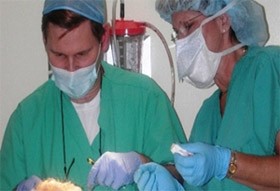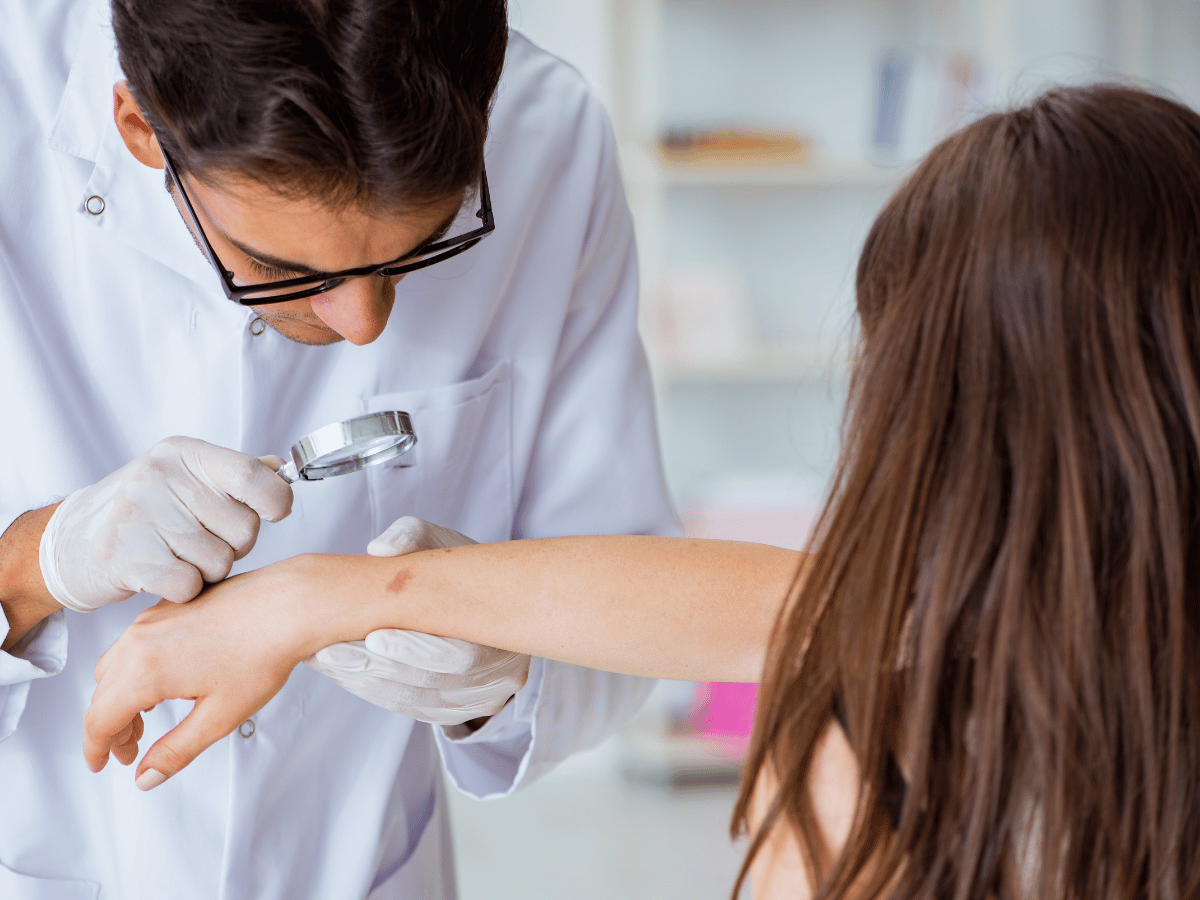Mohs Surgery…What is it? How is it utilized?
David T. Harvey, MD, FAAD, FACMS Mohs Surgeon & Cosmetic Dermatologist
What Is Mohs Surgery?
Mohs surgery is an advanced skin cancer treatment that is performed by surgical dermatologists. It is named after the surgeon who first described the procedure, Dr. Frederick Mohs. It has a cure rate of up to 99% for certain tumors. This procedure provides the most precise method to remove skin cancer. It is reserved for skin cancers on the head and neck area, for those tumors that are large, or for those skin cancers which recur following previous treatment. Not all skin cancers need to be treated with this specialized technique.
What Qualifications Should A Mohs Surgeon Have?
Physicians performing Mohs surgery should be board certified in dermatology and receive special training in dermatopathology and reconstruction procedures. A Mohs surgeon must have CLIA certified surgical and laboratory facility which is appropriately staffed. Dr. Harvey is a recognized member of the American College of Mohs Surgery. He completed a one-year ACGME accredited fellowship in Procedural Dermatology at UT Southwestern in Dallas. He has performed over seven thousand Mohs surgery cases in his career and serves as a teacher and reviewer for doctors throughout the country who perform this procedure.
How Is Mohs Surgery Actually Performed?

Step 1. Removal of tumor
First, the tumor is identified by the patient, doctor, and surgical assistant as being the correct site. Photographs are often taken to correlate the right spot. A small 2 to 3 mm margin of normal skin is drawn and removed as part of the first “Mohs layer” (Step 1). A map is subsequently drawn out on paper that identifies the removed skin’s orientation and ink dye (Step 2) is used to mark the 12, 3, 6 and 9 o’clock areas. After inking the tissue, the skin is frozen and thinly sliced (Step 3). This process may take from 20 to 45 minutes and is usually the most time consuming part of the procedure. Patients wait either in the room or waiting area with a pressure dressing on during this time.
Once the tissue has been processed, Dr. Harvey will then examine it under the microscope (Step 4). All microscopic roots of the cancer are pinpointed. If skin cancer is not seen at the base or edges, that means that there is no more cancer and the defect can be confidently repaired.

Step 2. Tissue is inked and placed on chuck
If skin cancer cells are found to be present in the skin’s edge or deep margin (25% of the time this is the case), then additional layers of skin are removed in the area(s) where skin cancer is found to be present. The process continues with repetitive stages until the tumor has been completely removed.
How Long Does Mohs Surgery Take?
Typically, most cases are completed in 1 to 4 hours. Please anticipate spending the entire morning or afternoon with us. We ask that you clear your schedule for the entire day. Mohs surgery is performed as an outpatient procedure. Other patients will be in the surgical area with you so don’t be alarmed by this. Most of the time our patients are awake with this procedure. We can sedate our patients in certain instances but this is usually not required.

Step 3. Tissue is frozen and thinly sliced
Will The Procedure Leave A Scar?
Yes. Mohs surgery, however, usually results in the smallest surgical scar possible. Once the skin margins are determined to be clear, the defect is surgically repaired (Step 5). In 5 % of our cases, a second corrective procedure is required to fine-tune the scar. Our goal is to minimize your scar’s appearance. The final results are usually quite good, however one needs to take into account: 1.) the location and size of your skin cancer, 2.) your health status (do you smoke or are you taking medications which may have negative impacts on healing), and 3.) how well did you care for your surgery site.
Will I Have Any Pain, Bruising, Or Swelling?

Step 4. Mohs Surgeon (Dr. Harvey) reads pathology
Pain is variable but if present usually only lasts a few days. If there is discomfort, Tylenol 500 to 1000 mg is all that is usually necessary for relief. Stronger pain medications can be prescribed when needed. Bruising or swelling, if it occurs, usually resolves within 7 to 10 days.
Are There Any Other Post-Op Care Issues To Consider?
It is important to keep a pressure dressing on your site for 48 hours and to not get the wound wet during this time. Do not lift anything heavier than a remote control or your fork for the first 24 to 48 hours. Take your antibiotics and post-op pain meds as directed. To minimize bruising and bleeding, ice packs can be applied for 10 minutes on the hour.

Step 5. Defect closure by Dr. Harvey & team
Call our office if bleeding appears excessive or if you have further questions. We are here to serve you. If you need immediate assistance and can’t reach us by phone, we recommend that you proceed to the nearest emergency room. For a list of Frequently Asked Questions, please click here.
Will My Insurance Cover The Cost Of This Procedure?
Yes, in most instances, your insurance will cover the cost of this procedure. Please check with your insurance carrier regarding coverage, deductibles and co-pay information.



